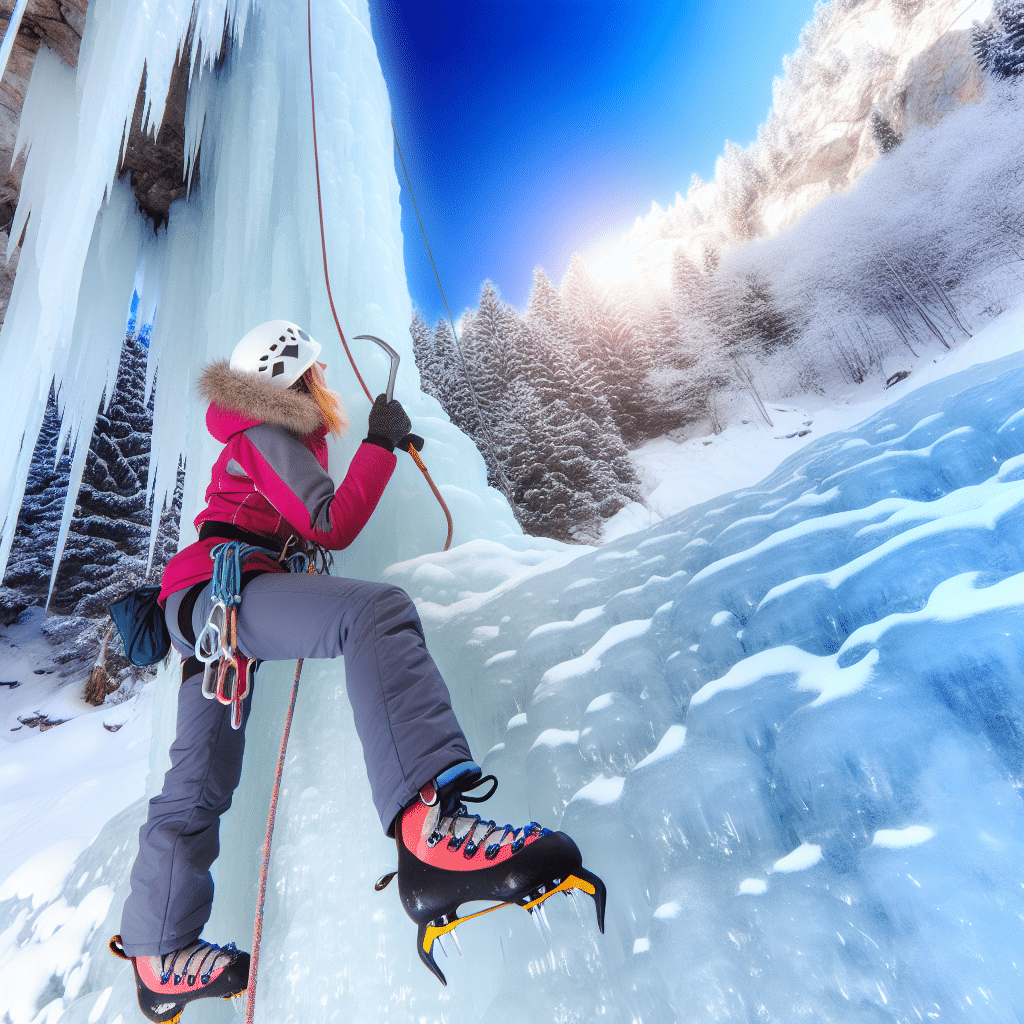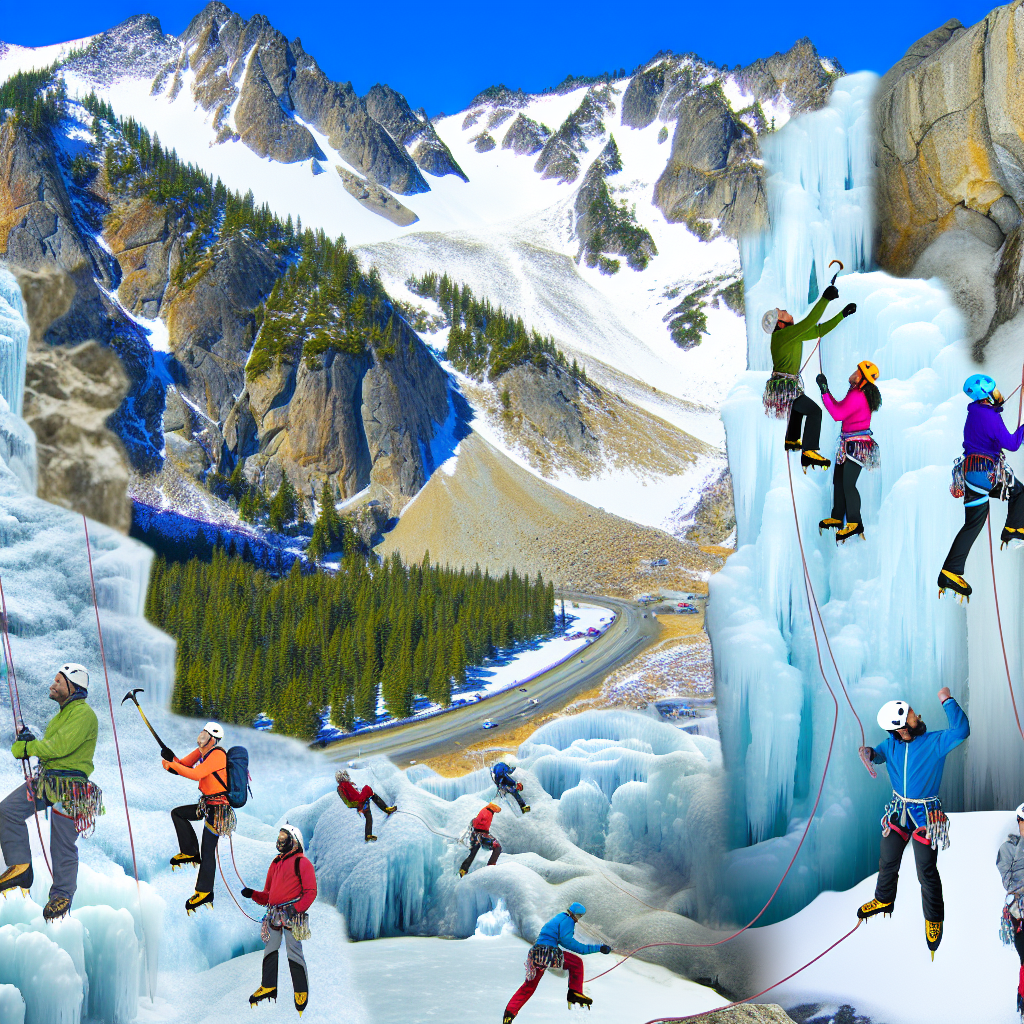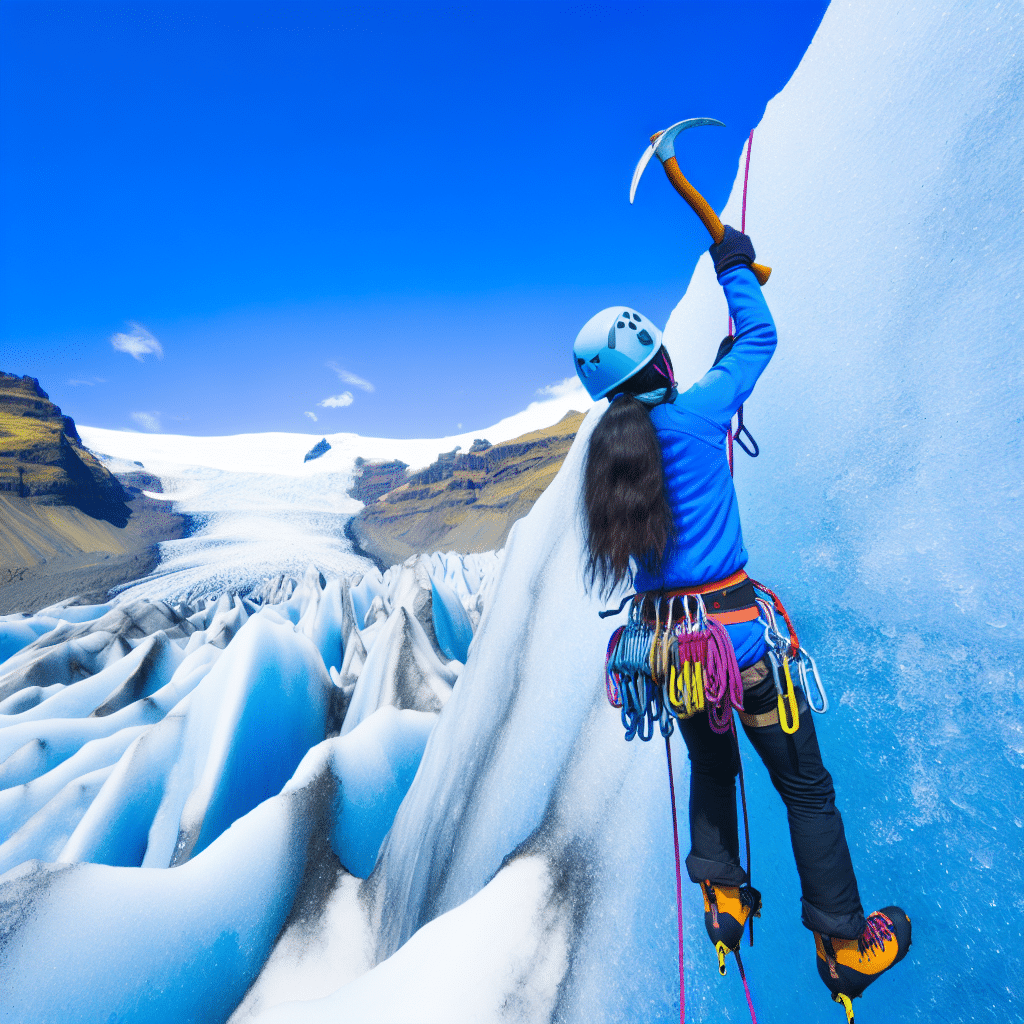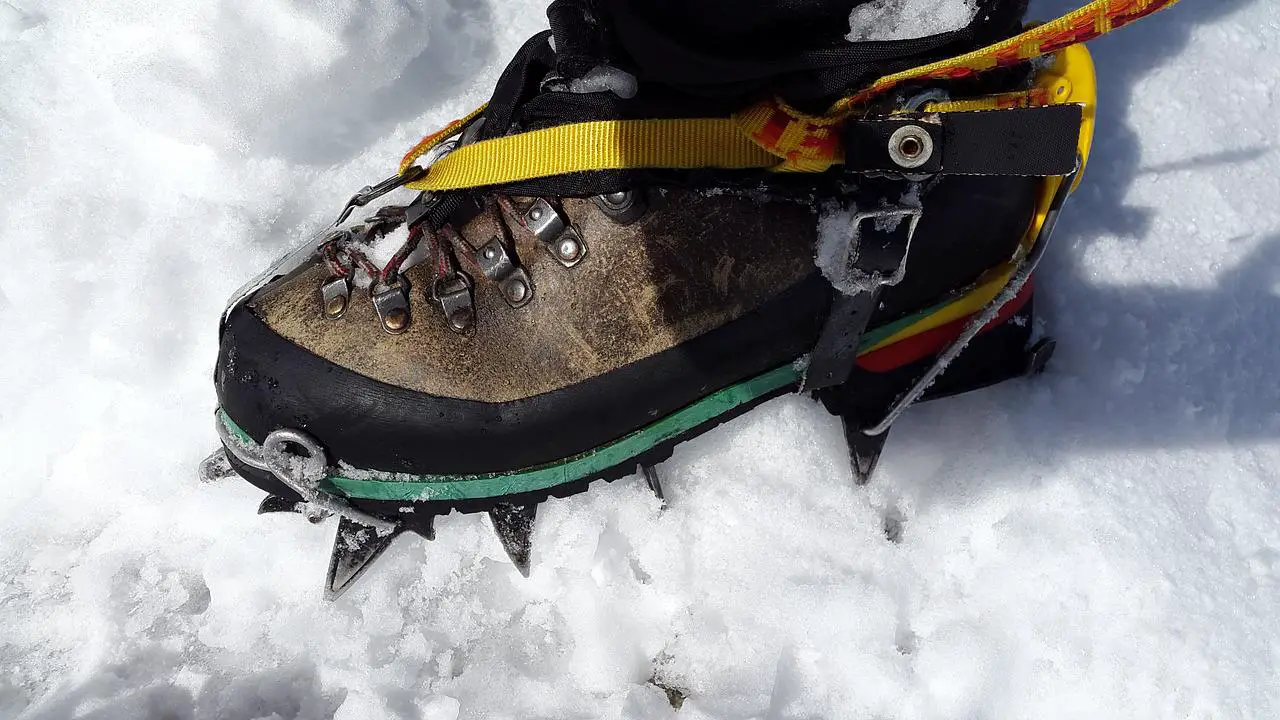Ice climbing is an exhilarating blend of mountaineering and rock climbing that offers adventurers the chance to ascend frozen waterfalls, ice-covered rock faces, and glacier walls. For those intrigued by the idea of scaling sheets of ice, understanding the fundamentals is crucial. This article dives into the basics of beginner ice climbing and will prepare you for taking on this icy endeavor.
Why Try Ice Climbing?
What Makes Ice Climbing So Alluring?
Ice climbing is more than just a winter sport; it’s an adrenaline-fueled adventure that challenges both your physical and mental limits. The sheer beauty of glistening ice structures juxtaposed against the stark wilderness landscape offers unparalleled visual splendor. The sense of accomplishment after conquering a frozen escarpment, with ice axes and crampons providing the only security, is profoundly satisfying.
Essential Gear for Beginner Ice Climbing
What Equipment Do You Need?
To ensure your safety and performance, having the right gear is non-negotiable. Here’s what you’ll need:
– **Crampons**: These metal spikes attach to your boots and provide the necessary traction on ice.
– **Ice Axes**: Typically, you’ll need two technical ice axes. These are specifically designed for ice climbing, with curved shafts and sharp, pointed picks.
– **Helmet**: Protects you from falling ice and provides head protection in the event of a fall.
– **Ropes and Harnesses**: Essential for securing yourself to the ice and ensuring safety during climbs.
– **Climbing Boots**: Sturdy, insulated boots compatible with crampons.
– **Clothing**: Layer up with moisture-wicking base layers, insulating mid-layers, and waterproof outer layers to combat the cold and moisture.
Learning the Technique
How Do You Get Started?
Beginner ice climbing requires learning specific techniques to ensure safety and efficiency. Here are some fundamental skills to master:
– **Swinging the Ice Axe**: Perfecting your swing is crucial; aim for precise placements rather than powerful strikes. Practice on lower angles of ice or even indoors on ice walls.
– **Foot Placement**: Always maintain three points of contact—both crampons and one ice axe. This helps in balancing and distributing weight evenly.
– **Anchor Systems**: Learn to construct reliable anchor systems using ice screws. This knowledge is pivotal for setting up ropes and ensuring safety.
Where to Ice Climb?
Where Are the Best Locations for Beginners?
Finding the right location is key to a successful climbing experience. Some of the most popular beginner-friendly ice climbing spots include:
– **Ouray Ice Park, Colorado**: This man-made ice climbing venue offers a variety of routes for all levels, facilitated by controlled conditions and expert guidance.
– **Lake Louise, Alberta**: Known for its stunning beauty, Lake Louise also offers beginner-friendly ice climbing areas.
– **Kandersteg, Switzerland**: A hub for ice climbing, Kandersteg provides routes of varying difficulty, making it ideal for novices.
Safety First
What Should You Keep in Mind?
Safety cannot be overemphasized in ice climbing. Always climb with a partner and consider taking a course from certified instructors. Be vigilant about the condition of the ice and changing weather patterns. Ice climbing is inherently dangerous, but with proper preparation and respect for the sport, you can mitigate many risks.
Final Thoughts
Embarking on a journey into beginner ice climbing is not just about overcoming physical obstacles, but also about tapping into a deeper sense of adventure and self-discovery. Proper equipment, dedicated practice, and an unwavering commitment to safety will ensure that your ice climbing endeavors are both thrilling and rewarding. So, gear up and get ready to discover the icy vertical world waiting just for you.




